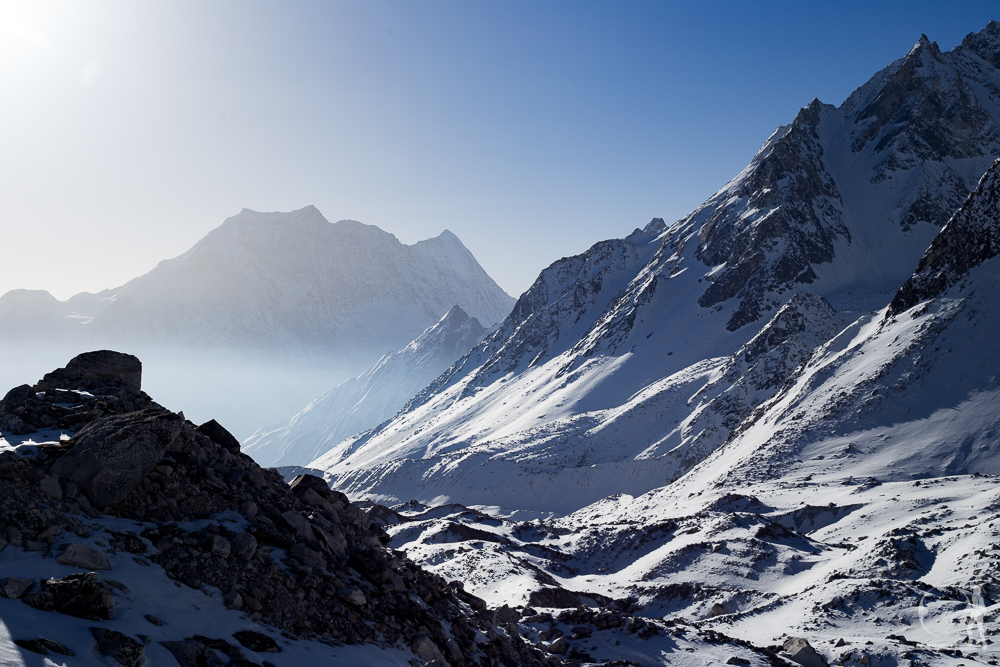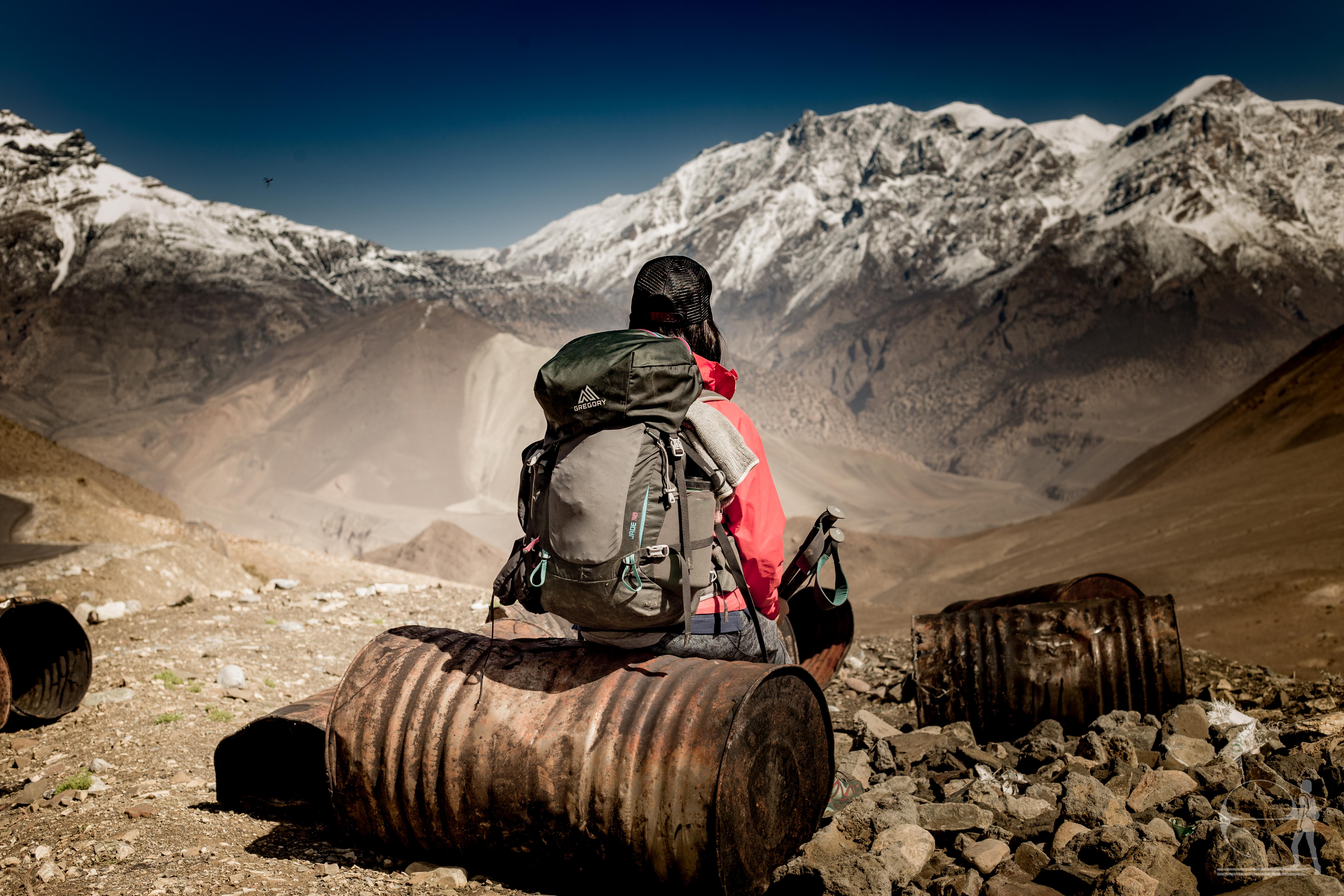The Himalayas are calling: 5 reasons you shouldn’t go
Pack your bags. Time to conquer those excuses keeping you from the mountains.

You’ve seen photos of Everest high above the clouds or those terrifying suspension bridges stretching over gorges in Nepal. And, if you were like me about a year ago, you probably thought, “Oh, that’s not for me.”
I get it. My list of doubts and excuses before I spent three months in Nepal could fill a notebook:
I don’t have time, no one wants to go with me, I’m not fit enough…
Looking back, I just needed the right amount of impulse and encouragement. There’s something for almost everyone in Nepal (yes, even a street of designer brands for you, mom).
So with peak trekking season right around the corner, here are my top five reasons why Nepal just isn’t for you — and why these are pretty bad excuses.
1. I’m not fit enough.

“But I’m not fit enough” and the related reason, “It’s too difficult,” rank high on the list of excuses I hear when I share my trekking experiences. It was also one of my largest doubts.
I’m reasonably fit, but not a gym devotee. I rock climb regularly and run 5 km once every few months. I’ve carried heavy packs before, but my “hikes” usually consisted of the short 30 minute approach from car to the base of a climb. Actually, it took a few climbing-related injuries for me to turn to winter hiking last year as a way to get outside. Even then, I had my doubts.
Figure out what makes a route difficult.
But, just as everyone’s baseline fitness is different, keep in mind that not all trekking routes are created equal. A route’s difficulty is influenced by many factors, including altitude, terrain, remoteness, and length.
- Altitude is its own beast, so I’ll cover that in a separate article. The basic premise is, the higher up you go, the harder it gets. Educate yourself to properly meet this challenge head on!
- Terrain includes elevation gained and lost, the steepness of the trail, as well as the physical makeup of the trail — for instance, rock, ice, snow, dirt, mud, stairs, or paved road.
- Remoteness indicates how developed or accessible a trekking region is. Basically, the less remote a route is, the more creature comforts and the more potential rest stops between where you start and stop each day. Even if you’re trekking on tough terrain at a high altitude, a less remote trekking region can make the trail feel “easier”. Trekking is a mental game: sometimes, it makes all the difference if you can eat chocolate pudding to reward yourself for a hard day’s trek as opposed to huddling in your sleeping bag while the draft blows through the wall.
- Length is self-explanatory: how many days are you on the trail? I don’t know about you, but I’m still peppy and full of hope on day 4. Then I hit day 5 and I don’t even want to pack my backpack and walk. Day 8 usually amps me up again, and by the time I reach the high pass in your trek (if the route has one!), I’m usually psyched to get it over with.
Pick a route that fits you.
Fortunately, there’s hope: trekking routes in Nepal reflect a wide range of combinations of these factors.
Trekking routes in Nepal require varying levels of fitness.
Want something easier and shorter? Try the Ghorepani/Poon Hill trek, a 3 to 7 day walk. The first day is a lot of stairs, but hey there’s no rush: take it slow and enjoy the rest stops selling tea every 5 minutes or so. This trek is low enough you don’t have to worry about altitude. And, it’s got luxurious accommodations for the trail. Mom, I’d take you on this one. I’ll even get you a pony if the stairs suck too much.
Something tougher? Check out the Manaslu Circuit with a sidetrip through Tsum Valley, a 19 day walk. This trek is newer, not as developed, and pretty remote. However, you’re rewarded for your efforts: the remoteness means you get to interact more with the locals who won’t just cater to you as a tourist. See an overview and comparison of some of the popular treks in Nepal.
In short, if you can walk for about 6-8 hours a day and carry 2-3 kg (that’s about 3 large water bottles), you can probably walk most of the trekking trails, including the Annapurna Circuit, Everest Base Camp Trek, and the Manaslu Circuit. These three treks all have sustained ascents and go pretty high up (above 5000m), but they don’t require technical skills.
Get help.
What about the rest of your stuff, you ask. Well, if you’re not up for carrying a full 7-9kg bag, you can always support the local economy and outsource to a porter. And if you’re bringing more weight than that, let’s talk about what’s actually in my bag after 4 treks.
What if you get to the trail and realize this might be too tough? In addition to hiring a porter, you can hire a pony to carry you up some of the steeper ascents.
Verdict: You got this.
Difficulty is relative, pick a trek which seems to just push the edge of your abilities.
And, you are fit enough. Just as you wouldn’t go from couch potato to running a marathon in one week, it’s unwise to just hop onto a trek you think is too tough. If you want to push your abilities, start training: take longer walks and get used to carrying weight.



